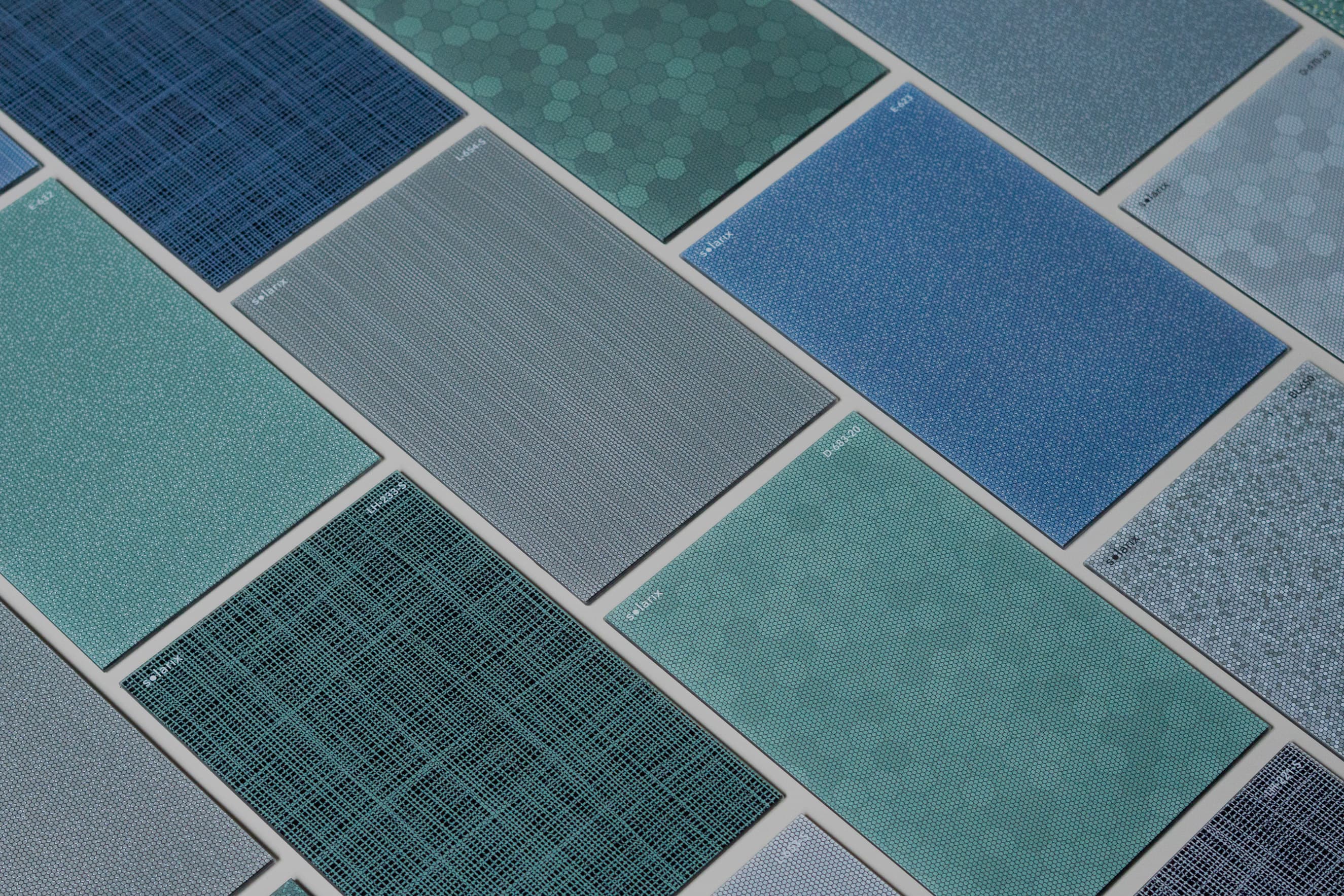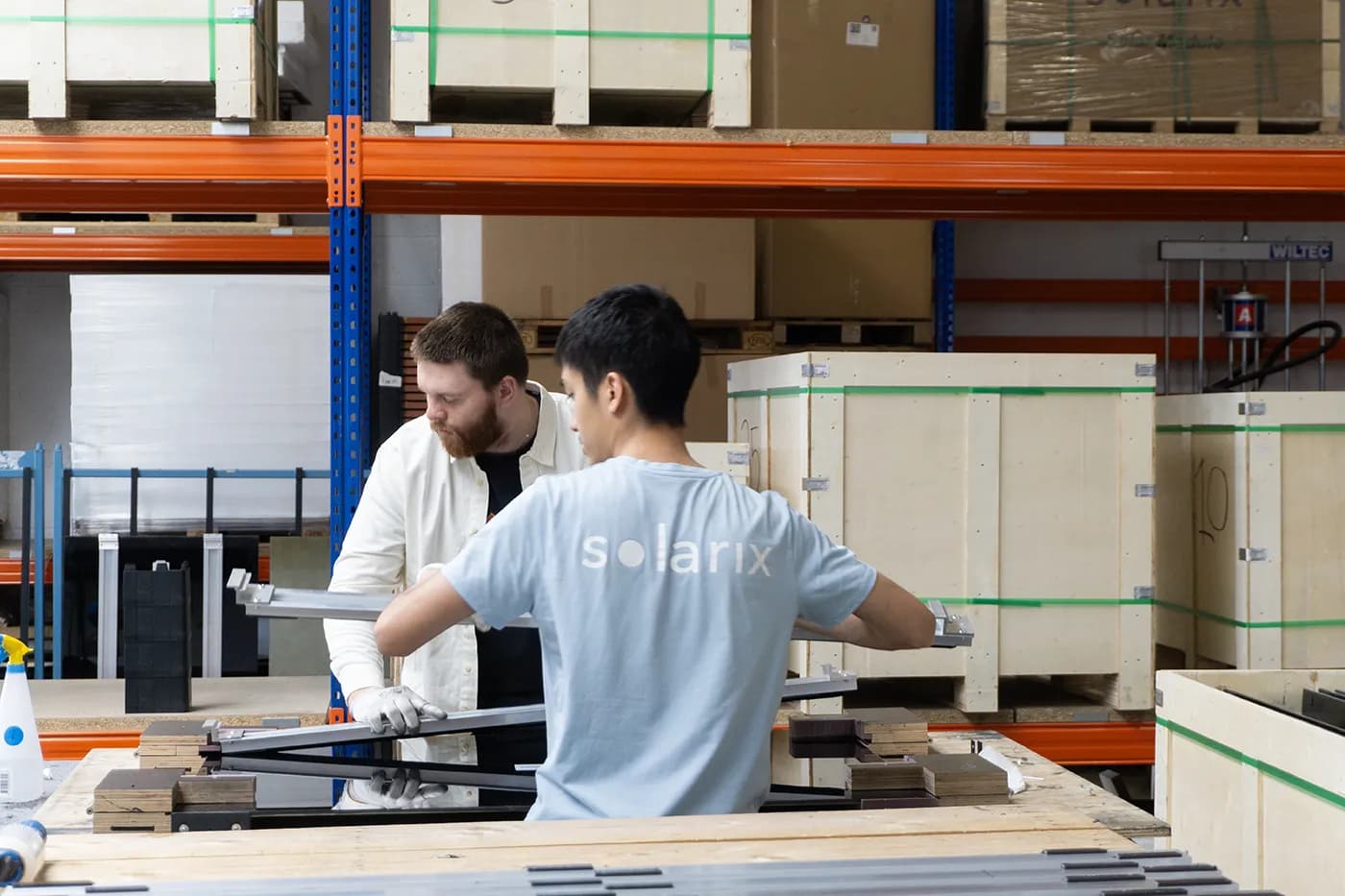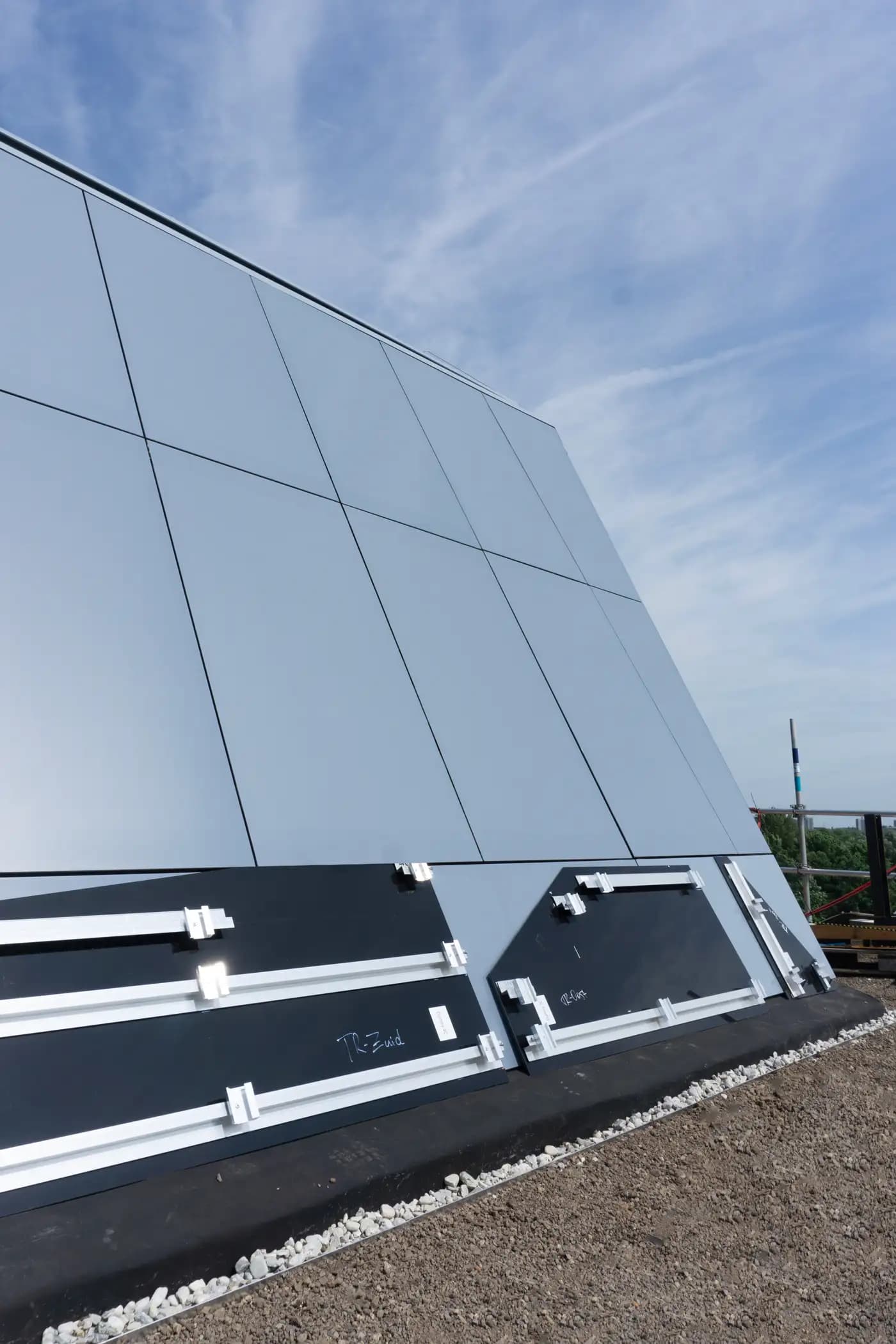Accelerating the energy transition with solar facade panels
The energy transition is one of the greatest challenges of our time. Replacing fossil fuels with renewable energy sources is crucial to combat climate change. But why do we need to accelerate this transition, what tools are available to achieve this, and how can solar facades specifically contribute to this acceleration? In this blog, we discuss the urgency of the energy transition, the tools to speed it up, and the role of innovative solutions like facade-integrated solar panels.
Why must we accelerate the energy transition?
The need to accelerate the energy transition is clear. Global temperatures are rising at an alarming rate, leading to more extreme weather events, rising sea levels, and biodiversity loss. This has not only ecological but also economic and social consequences. To limit global warming to 1.5°C, as agreed in the Paris Climate Accord, we must drastically reduce CO2 emissions—and quickly.
The Netherlands has set ambitious goals for the energy transition. According to the Dutch government, the country aims to fully switch to renewable energy by 2050. This entails a large-scale transition to solar and wind energy alongside the development of sustainable energy infrastructures, such as pipelines and energy storage systems. For more information about these goals, click here.
Furthermore, current geopolitical developments and the desire for faster independence from gas underscore the urgency of an accelerated energy transition. This requires action on many fronts, both large-scale and local. Communities and businesses play a vital role, as their involvement in sustainable initiatives creates broad support for the energy transition (TNO, 2022).
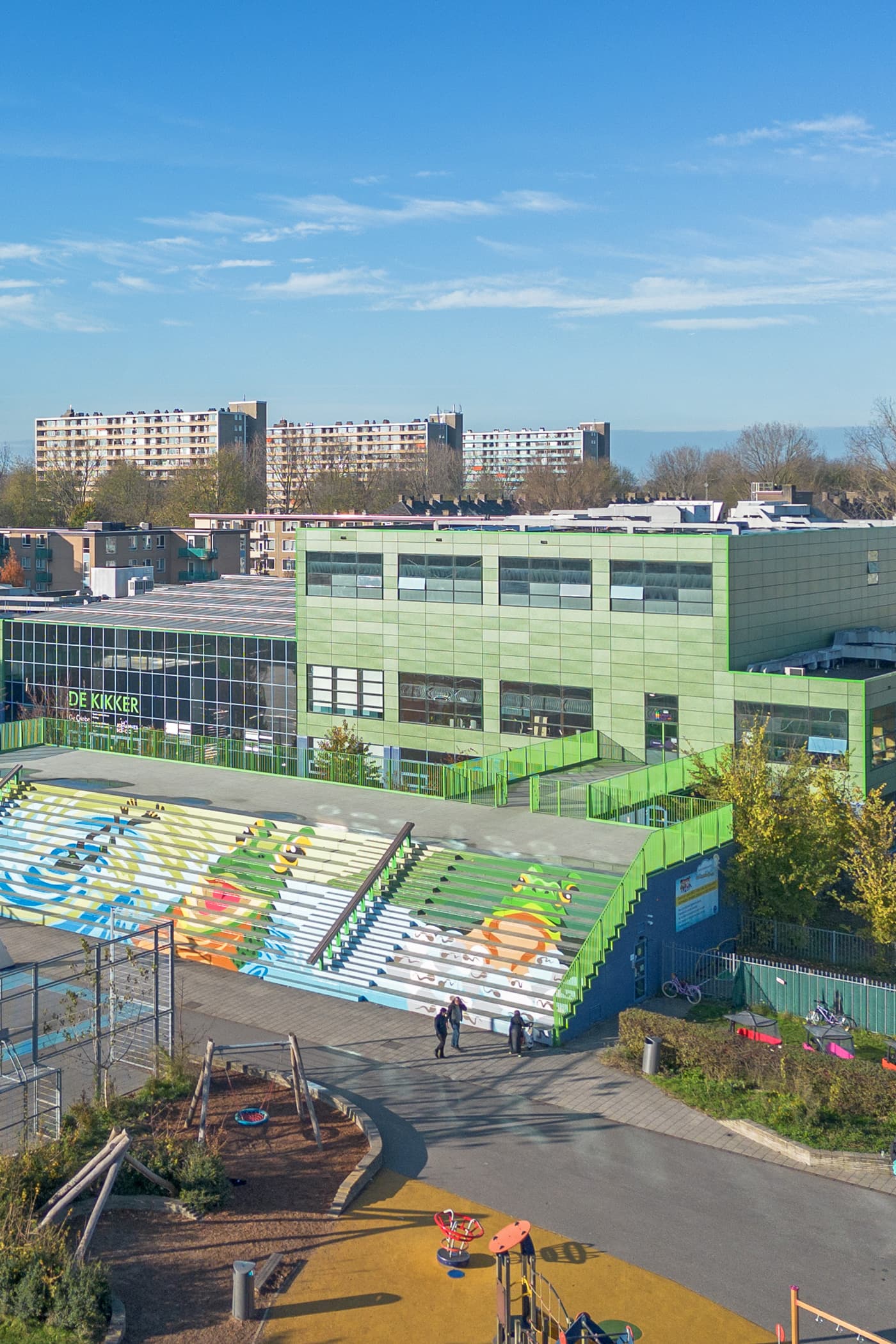
Tools to accelerate the energy transition
Fortunately, various tools and strategies are already available to speed up the energy transition:
Energy efficiency: Improving building insulation and adopting more efficient technologies can reduce energy consumption.
Renewable energy generation: Scaling up the use of solar panels, wind turbines, and other renewable sources is essential.
Electrification: Transitioning from fossil fuels to electricity in sectors such as transport and industry can significantly cut CO2 emissions.
Smart grids: Digitisation and intelligent energy networks enable efficient energy distribution and storage.
Awareness and acceptance: Increasing public, corporate, and governmental support is essential for widespread adoption of sustainable solutions.
However, a recent report from the Netherlands Environmental Assessment Agency (PBL) emphasises that additional policies with rapid effects are necessary to stay on track for the 2030 climate goals (PBL, 2024).
Solar facades: An aesthetic and functional solution
In the quest to generate more energy, facades are often underutilised. However, they offer tremendous potential, especially in urban areas where space is limited. Installing solar panels on facades increases the energy density of buildings without using additional land.
Integrating solar panels into buildings enables faster independence from fossil fuels for direct energy use in buildings. This makes it possible to create energy-neutral or even energy-positive buildings. A key advantage of solar facades is their potential to be architecturally integrated into building designs. At Solarix, we combine aesthetics with functionality. Our solar panels are available in various colours, patterns, and finishes, seamlessly matching the architecture of modern buildings. This not only increases acceptance but also makes sustainable energy generation more appealing to developers and architects.
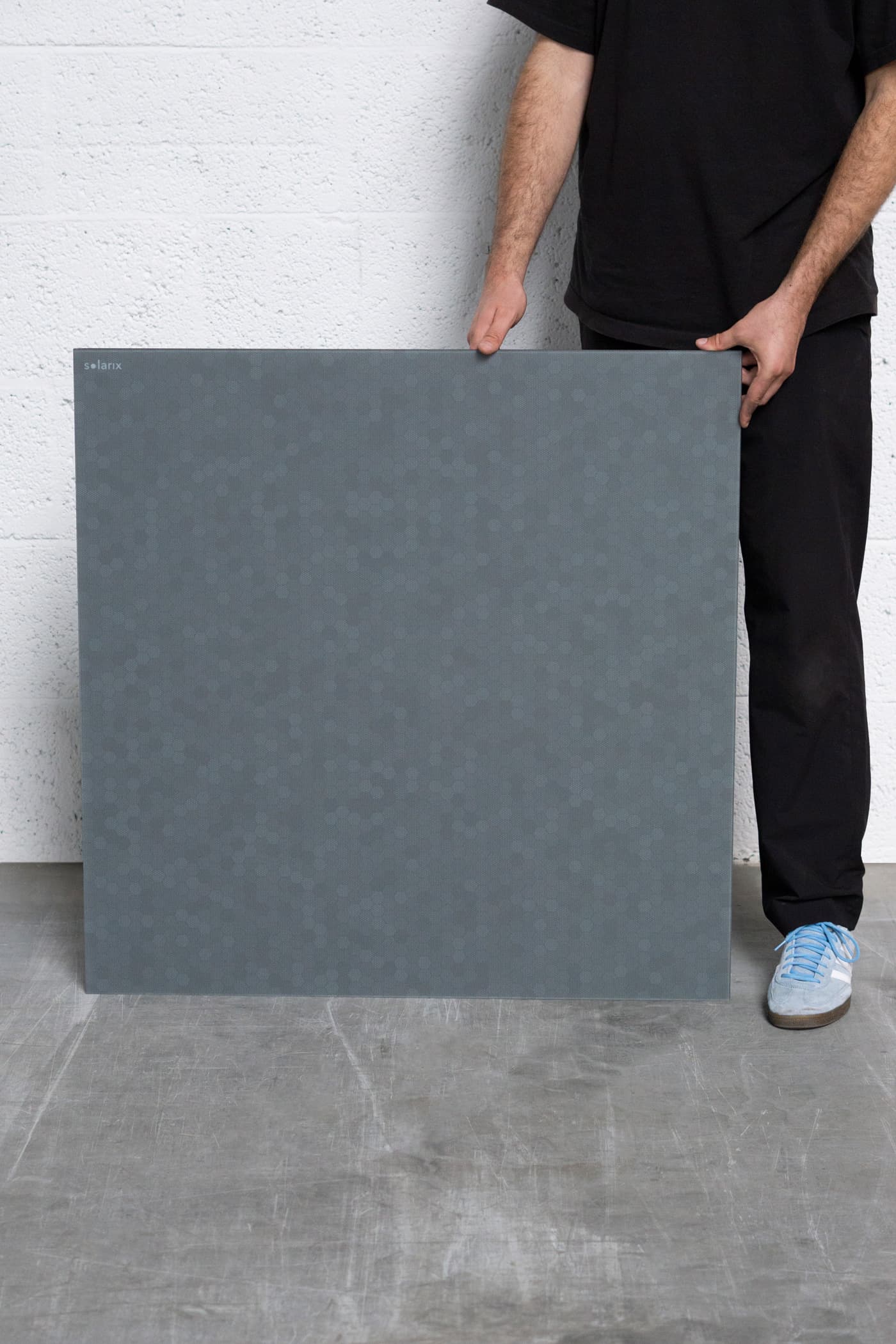
The Importance of Multiple Energy-Generating Products
In large and tall buildings, it is often not feasible to generate sufficient energy with rooftop solar panels alone. Facade solar panels provide an additional source of renewable energy, enabling buildings to become nearly or entirely energy-neutral. This is particularly crucial in densely populated cities where pressure on the electricity grid is high, and grid congestion is an increasing concern.
By combining various energy-generating systems – such as rooftop, facade, and even glass-integrated solar panels – we can maximise a building’s energy potential. This not only contributes to the energy transition but also reduces energy costs for property owners.
Solar panels on the facade have a positive influence on the BENG calculations (formerly EPC calculations), the MPG score and the achievement of sustainability labels such as BREEAM and LEED.
The use of solar panels on facades has a positive impact on the energy performance of a building and thus contributes to meeting the BENG requirements (Nearly Energy Neutral Buildings). As of 1 January 2021, the EPC calculation (Energy Performance Coefficient) and the NEN 7120 standard for calculating the energy performance of buildings will be discontinued. These have been replaced by the BENG calculation, which is used as a new standard for energy performance. This was introduced to focus more on sustainability and the use of renewable energy.
The BENG requirements focus on three pillars:
The maximum energy requirement of a building (expressed in kWh per m²);
The primary fossil energy use (kWh per m²);
The share of renewable energy (%).
The transition to the BENG calculation entails a more comprehensive and future-oriented approach. This not only looks at the energy requirement of a building, but also at the origin and sustainability of the energy used.
The EPD (Environmental Product Declaration) provides insight into the environmental impact of building products. Solarix products have a particularly low EPD score compared to other solar products on the market. The particularly low EPD score of a Solarix solar panel, which indicates a low environmental impact per unit of product, contributes to achieving a favourable MPG score (Environmental Performance of Buildings). The MPG score measures the environmental impact of a building throughout its entire life cycle. This can contribute to achieving sustainability labels such as BREEAM or LEED, which are internationally recognised as standards for sustainable buildings. Thanks to these properties, Solarix products are not only favourable for BENG calculations by architects and developers, but also attractive for realising more sustainable buildings. They contribute to a lower environmental impact and increase the chance of a higher rating in sustainability labels.
Additional Benefits of Facade Solar Panels:
Locally generate renewable energy exactly when and where it is needed.
Improve grid energy balance by generating power from different orientations, resulting in more even energy production throughout the day.
Cost savings through energy generation during peak pricing periods.
Reduce CO2 emissions by an average of 3,000 kg/m² over the lifespan of Solarix panels.
Energy savings due to reduced transport losses, with a fully renewable supply chain that can lead to up to 40% energy savings.
Efficient land use by preserving agricultural land otherwise used for solar farms.
Replace construction materials, reducing the need for additional resources.
Create space for green solutions, such as rooftop gardens, by reducing the reliance on solar rooftops.
Contribute to meeting BENG and Label C standards for nearly all building types.
Accelerating the Energy Transition Together
Solarix is committed to accelerating the energy transition to reverse current trends. With Solarix, we aim to make a significant impact on the global energy transition by drastically reducing the CO2 footprint of the construction industry, taking steps towards circular building practices. Over 36% of all CO2 emissions originate from the built environment, and our solar panels can substantially mitigate this.
One square metre of solar facade equates to a 3,000 kg CO2 reduction over its lifespan, equivalent to the carbon absorption of three growing trees.
It is clear that facade solar panels can play a vital role in the energy transition. By combining sustainable energy generation with innovative design, we prepare cities for the future. At Solarix, we are dedicated to a world where every building generates energy – aesthetically, efficiently, and sustainably.
What is your vision of the role of buildings in the energy transition?
• 09 January 2025

